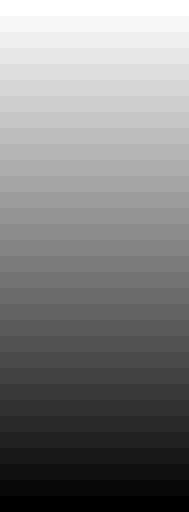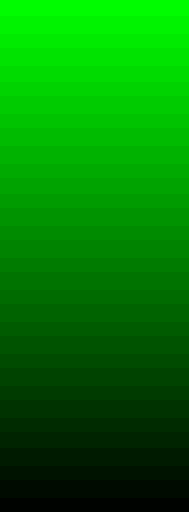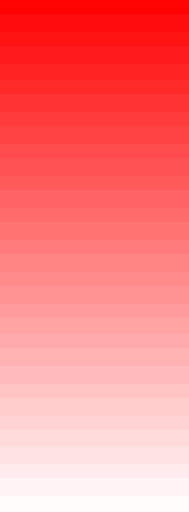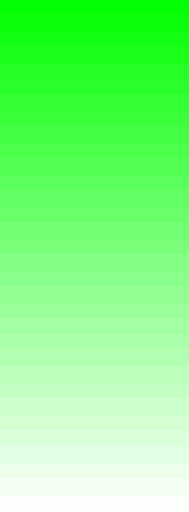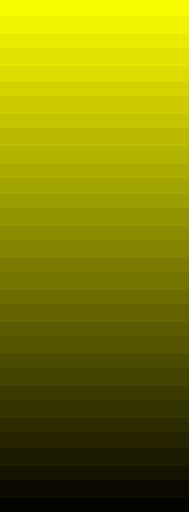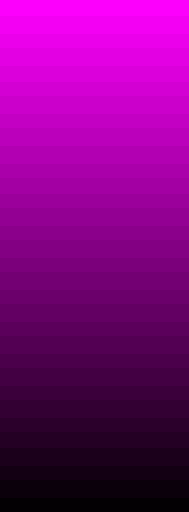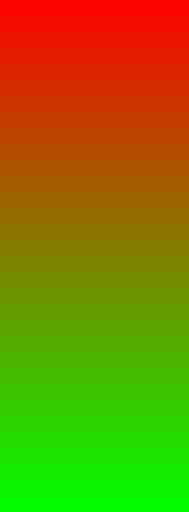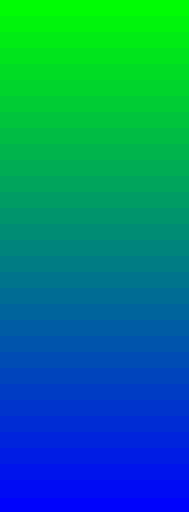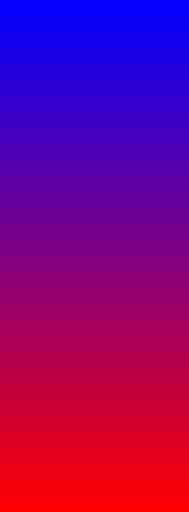|
How many colors can your monitor show, and how many colors and details can your eyes distinguish? If you remove the colors and reduce the resolution of details that you can't distinguish, there's no visual loss of image quality, and that will improve the efficiency of compressing the image.
So, what can we see well and what not so well? For that we need to study the eyes and brains.
Information about the eye:
Dynamic range (light to dark)
Normal contrast ratio is about 100:1 (about 6 1/2 stops)
Maximum contrast ratio is about 1,000,000:1 (about 20 stops)
Acuity (sharpness, resolution)
Maximum is about 0.73 millimeters at a distance of one meter.
Optimal sharpness is only in the center, where you're looking at.
Focus
Only one distance at a time is in optimal focus (sharp). Other distances are more or less blurred (unsharp). More light = smaller pupil => greater "depth of field"
Rods and Cones
Rods and cones are both photosensitive, but respond differently to different frequencies of light. Rod cells are highly sensitive to light. However, they do not distinguish between colours, and have low visual acuity (a measure of detail). Cone cells, conversely, need high light intensities to respond and have high visual acuity. Different cone cells respond to different colours (wavelengths) of light.
The human eye is sensitive to red, green and blue light. If all three forms of cones are stimulated equally, then white is seen. If none are stimulated, black is seen. Most of the time however, the three forms are stimulated to different extents - resulting in different colours being seen.
|



